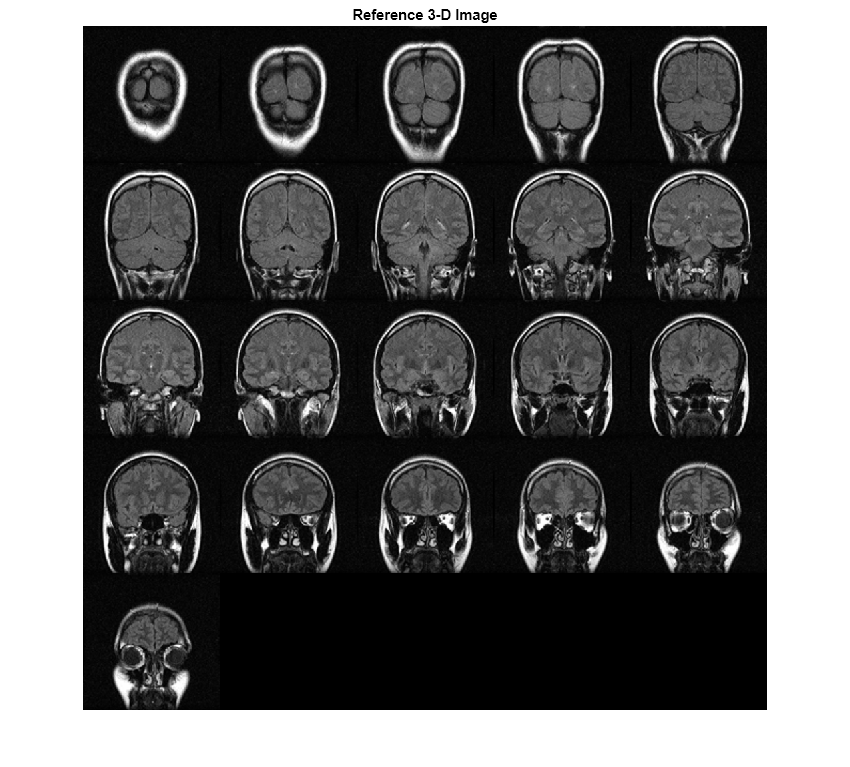imhistmatchn
Adjust histogram of N-D image to match histogram of reference image
Description
J = imhistmatchn(I,ref,nbins)nbins equally spaced bins within the appropriate range
for the given image data type. The returned image has no more than
nbins discrete levels.
If the data type of the image is:
singleordouble, the histogram range is [0, 1].uint8, the histogram range is [0, 255].uint16, the histogram range is [0, 65535].int16, the histogram range is [-32768, 32767].
Examples
Input Arguments
Output Arguments
Version History
Introduced in R2017a
See Also
imhistmatch | histeq | imadjust | imhist


